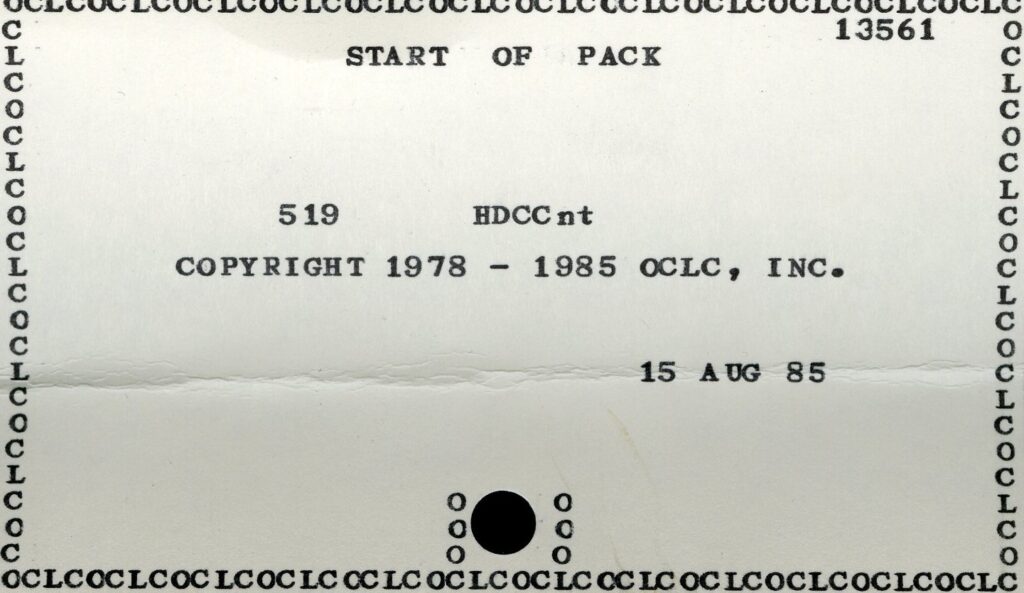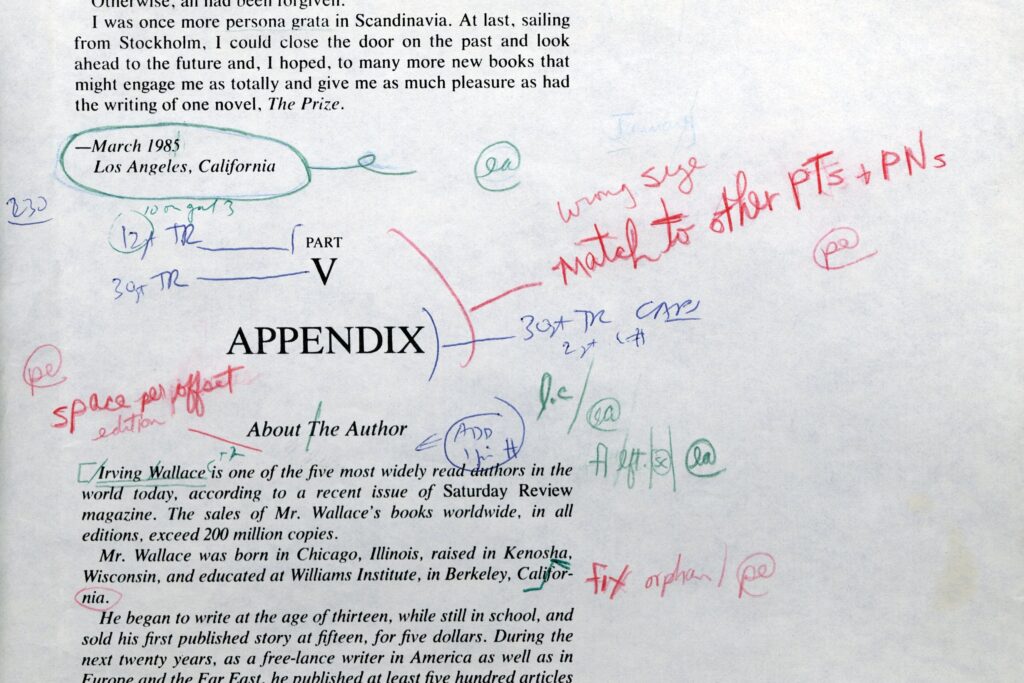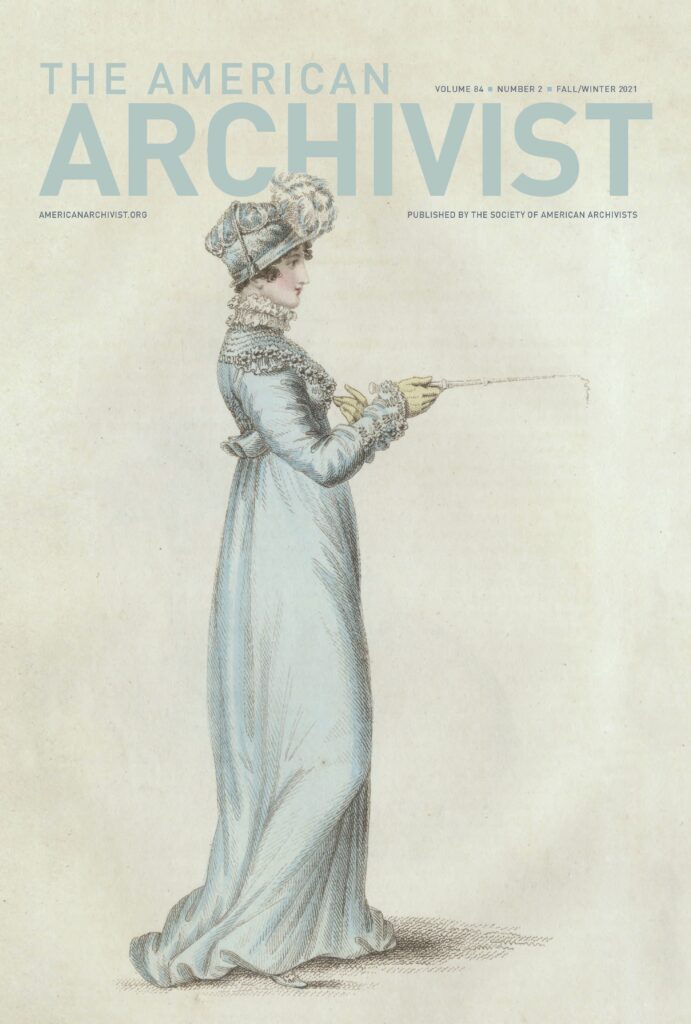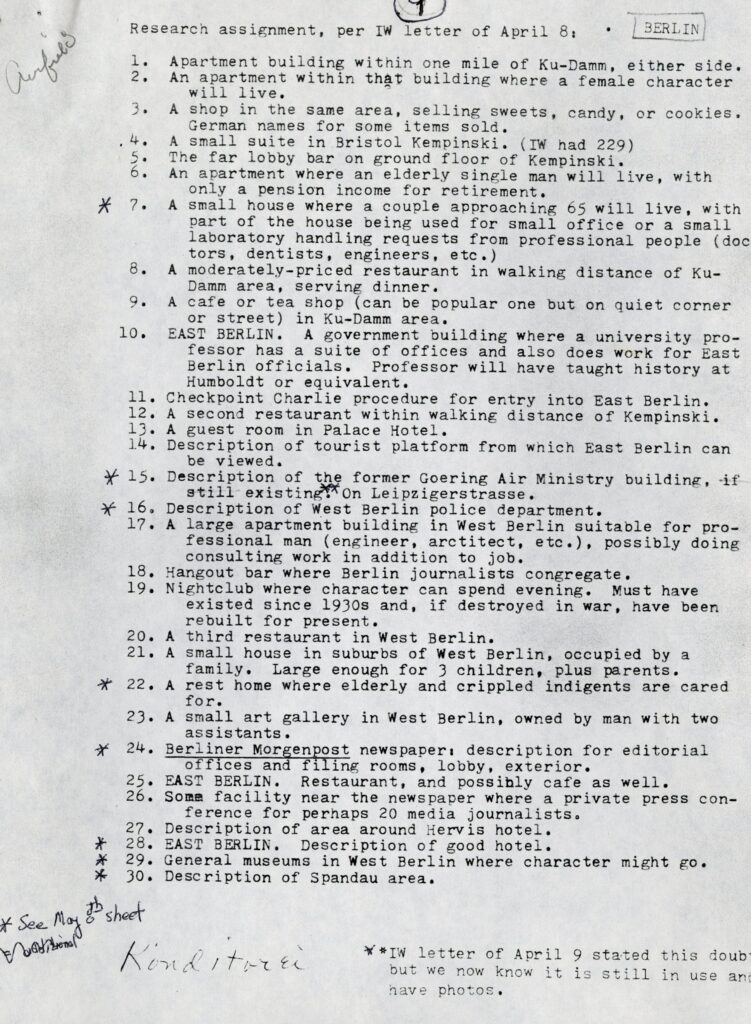
While filtering through research files, I came across a transcript titled “The Writers and How They Talked.” On June 15, 1969, a conversation between Henry Miller, Robert Nathan, Jeanne Rejaunier, and Irving Wallace occurred discussing films, directors, travel, art, generational differences, and literature.
A key subject of this discourse was the controversy of their writings. The authors, in question, all explored sexuality and relationships in the pages of their novels from Henry Miller’s Tropic of Cancer (1934) and Tropic of Capricorn (1939), Robert Nathan’s Portrait of Jennie (1940), Jeanne Rejaunier’s The Beauty Trap (1969), or Irving Wallace’s The Sins of Philip Fleming (1959) and The Chapman Report (1960).

First Edition, 1934
The novel Tropic of Cancer (1934), a book that underwent obscenity trials much like Lady Chatterley’s Lover (1928) by D.H Lawrence, was highlighted by Wallace as a catalyst for his book The Seven Minutes (1969). Delving into the dynamics of the freedom of speech colliding with sexual themes, Miller expressed how his books were prohibited imports, printed on the cover of the first edition with “not to be imported.”
Wallace: And — this really flipped our mind out, because, you know, we couldn’t get it in the United States. I want you to know I got it into the United States. I put on a cover of a book from the Vatican.
Miller: I threw my copy overboard when I came in. Being a New Yorker you know, I didn’t want to go through, you know, an ordeal.
Concealed with an alternate cover and thrown overboard, the impact of the novel is evident through this transcript. The authors were uncompromised and fixed in their prose whether or not that meant access was withdrawn. For Wallace, Miller’s book was worth the searching for, worth the risk of confiscation. What book would be worth it for you?
Stay tuned, Chelsea Fox








